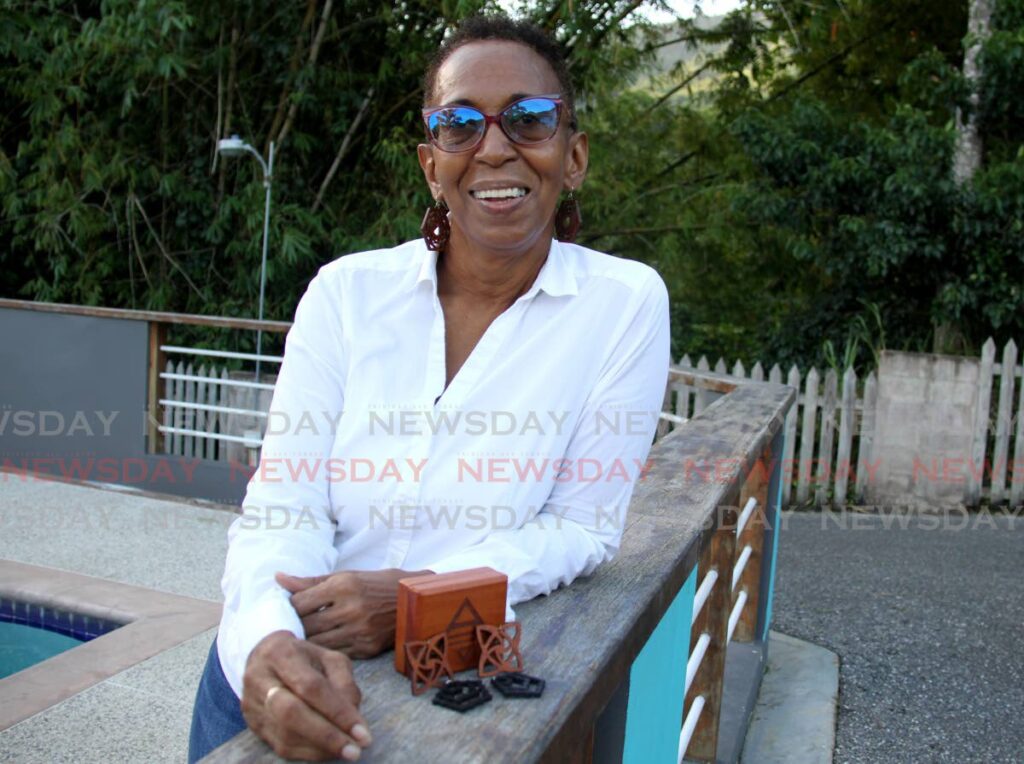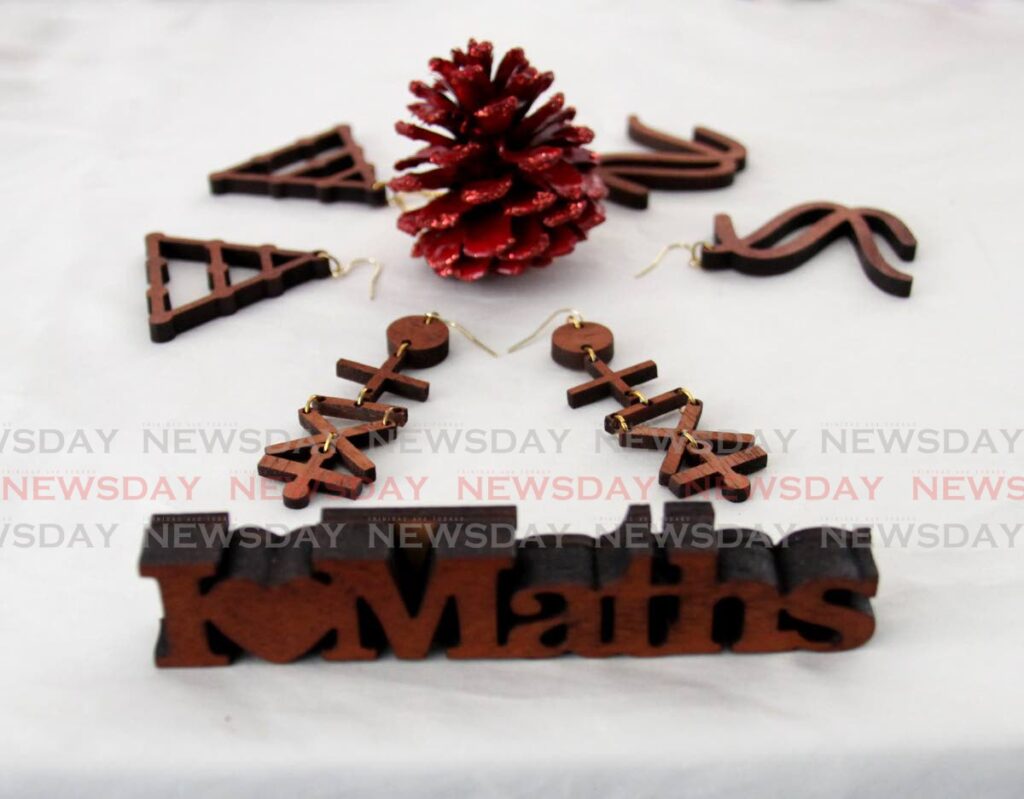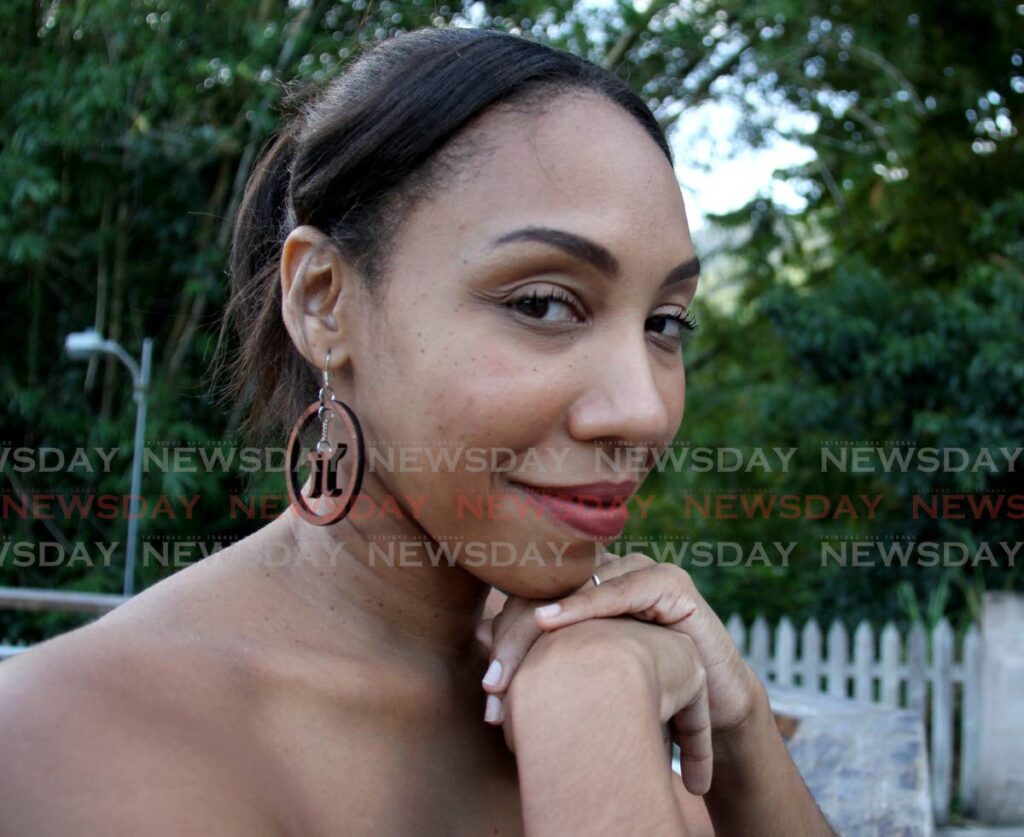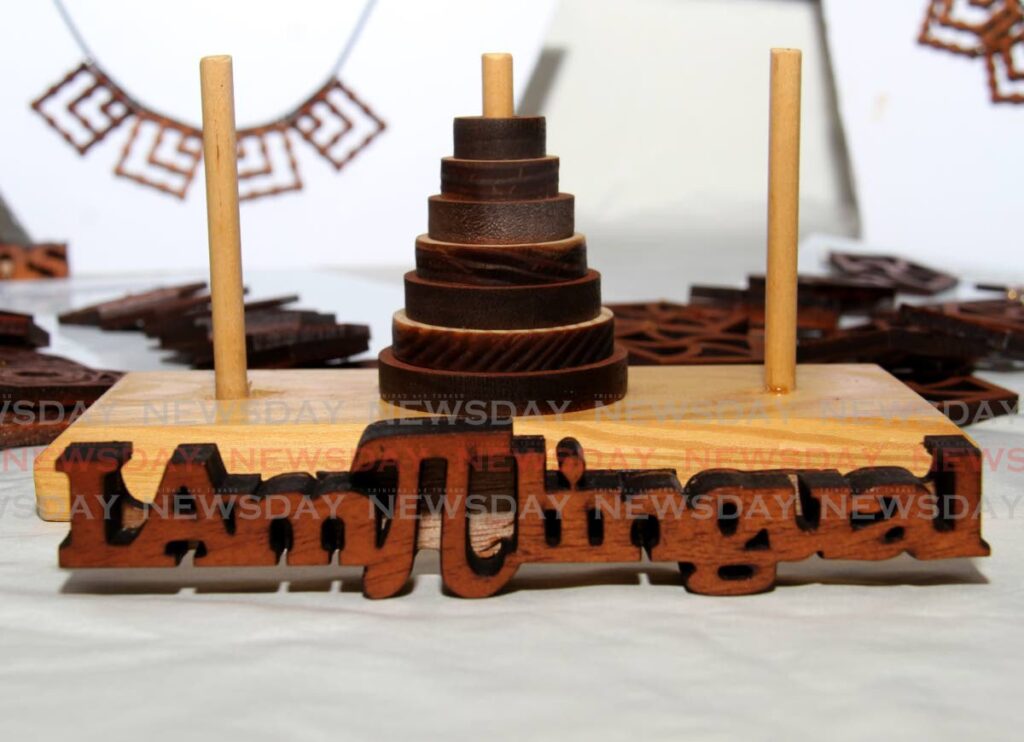Teacher Arlene Smith shows how 'maths is all around us'

Arlene Smith has been a maths teacher for about 40 years and one of the things she has come to know is that everyone is “a maths person” because everyone uses maths, whether they believe it or not.
Her teaching career began at Vessigny Secondary School when she was just out of UWI with a bachelor’s degree in maths and chemistry with a minor in physics.
“Maths should be fun. It should not be this hard. Why do we make students feel that it is an elitist subject? It is not. Everybody can do maths. It is how it is taught to them. Students learn differently. Some are slower than others. We have to make it attractive to them.
“If we make the maths real to students, I think we would have way better results. Instead of just succeeding at the exam, they will be able to understand and be able to apply it.”
For example, the opening and closing of a door is an instance of rotation; the electric slide, transformation; a rollercoaster, polynomial function; and shooting a basketball or water spraying from a fountain are examples of parabolic curves.
She said maths is about patterns, a type of thinking and solving problems, and people use it all the time without realising.

“We have not taught our students to notice things and to wonder. We also don’t teach the language of maths. If you don’t speak it, how will you understand it?”
Smith, 64, told WMN maths is all around, in bridges and other constructions, but especially in nature. Her favourite quote is, “Mathematics is the alphabet with which God has created the universe,” by Galileo Galilei.
“The first time I read that it resonated with me, because it’s so true.”
For example, the Fibonacci sequence – a sequence of numbers and a corresponding ratio – can be found in patterns in nature such as nautilus shells, pineapples, and hurricanes.
Wherever she looks, she sees geometric patterns and shapes. Just as she sees mathematics in all its beauty, she wants to help students to do the same, seeing patterns and, from that, making generalisations.
So she began making earrings, wall art, trinket boxes, fridge magnets, and games as a hobby.
Smith has a creative side to her, as did her mother, who was into craft, and other family members who are artists and musicians. She said she was always doodling, connecting lines and drawing shapes which turned into ideas for earrings and other designs.
She explained that her cousin, Whitney Dwarika, is an artist. She and her husband, Danny Dwarika, are engineers who love woodwork and own the company Onedar Woodwork.
Since she always preferred natural materials and did not have time to learn woodwork, a little over a year ago she asked if they would be willing to take some of her ideas and make them a reality – they were.
"Maths jewellery, mathematical art, Mathematics Can Be Fun camps are just some of the ways in which I try to make the mathematics visible. The jewellery and the art can act as conversation pieces and a great deal of maths can be taught, capturing students' attention at an early age, by exposing them to what mathematics is really about – patterns, critical thinking, problem-solving.
"It is not just a set of procedures, which is what school maths is about. Helping them to see maths in their everyday actions before entering the more abstract nature of maths will help student view mathematics differently and hopefully approach it with a more open mind and change students', as well as other persons’ narrative about maths."
Mostly made out of mahogany, the designs include triangular, square and pentagonal numbers; sine and cosine curves; quadratic curves; parabolic curves; stacked hexagons, arithmetic operations; and Pythagoras' theorem.

In addition to her bachelor’s degree, in 1985, after a few years of teaching, Smith did her diploma in education at UWI.
In 2015, she graduated with a masters in maths teaching and learning from Drexel University in Philadelphia.
She thanked mechanical engineer Prof Chadee Persad, whom she met when he was a visiting professor of materials science at the University of TT, who supported her and gave her the encouragement to continue her studies in maths education.
She also did a BP maths camp for children for four years entitled Mathematics Can Be Fun, and does outreach programmes at schools, especially for those students people believe “can’t do maths” in order to show students another side of mathematics.
In addition, she collaborated with a teacher at Charlottesville High School, Virginia, where they formed student mentoring groups and used non-routine questions to help students develop the ability to notice things and think critically.
In 2015, they did a presentation at the National Council of Teachers of Mathematics conference in Boston called Student to Student Mentoring in a Rich Problem-Solving Environment.
Smith has been at UTT since 2007 and is a senior instructor in the mechanical engineering department. She is also doing her PhD in mathematics education, focusing on realistic maths education at UTT.
She expressed gratitude to her son, Keron Alleyne, for encouraging her to showcase her work, and to Dr Andrew Hunte, her PhD supervisor, for his support in her outreach activities.
“I have this gift of being able to explain maths to people and I want to thank God for blessing me. Even in secondary school I would help my friends but I think the love for maths developed with the dip-ed when I did my focus on games.”

She said if there is a procedure in maths where she does not understand the connections, it is difficult for her to function. That is why her teaching focuses on trying to make that connection with students rather than just teaching them a topic for exams.
Having researched ways to actively engage students in learning maths, she also includes hands-on, practical activities and examples in her lessons such as games and puzzles that lead up to maths concepts.
Also, at times she moves away from the syllabus, works on holidays and during her breaks to help students, and if they are not ready for a topic, she will not teach it.
“I really believe students must understand, absorb and learn what it is and why. I keep telling them you can’t pour concrete on a straw or wooden foundation. That is why so many students have problems working at the higher levels, because that foundation is so very weak.
“Plus, it’s done in silos, so there are no connections. I keep saying, because of the curriculum teachers are given and the timeline, there is a push to finish something whether the students understand or not. Teaching is not telling.”

She explained that school maths provides the tools, the procedures, which are a very small part of maths. She said maths is about “productive struggle,” so, while mathematicians can take years to solve a problem, they learn a lot during that time.
Nevertheless, some students just want her to tell them how to do a problem without understanding it. But if she were to do that, if a problem is worded differently or changed, they would not be able to apply the knowledge to solve it.
“If a person cannot remember how to solve a quadratic equation they can google it. But when you go into the world of work, nobody is going to come and ask you to solve a quadratic equation. When your boss gives you an assignment or you are given a problem to solve, you can’t go and google that problem. You have to take the information, pull the tools from the toolbox, and use your critical thinking and problem-solving skills.”


Comments
"Teacher Arlene Smith shows how ‘maths is all around us’"